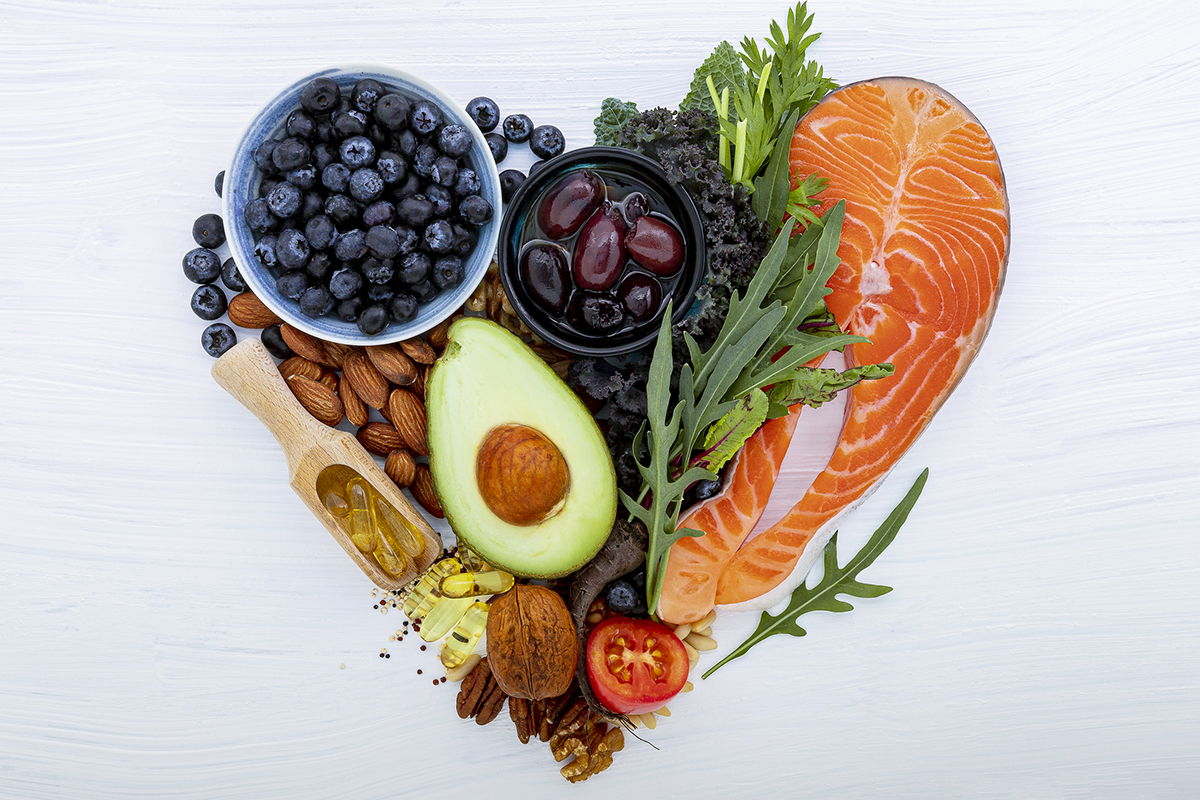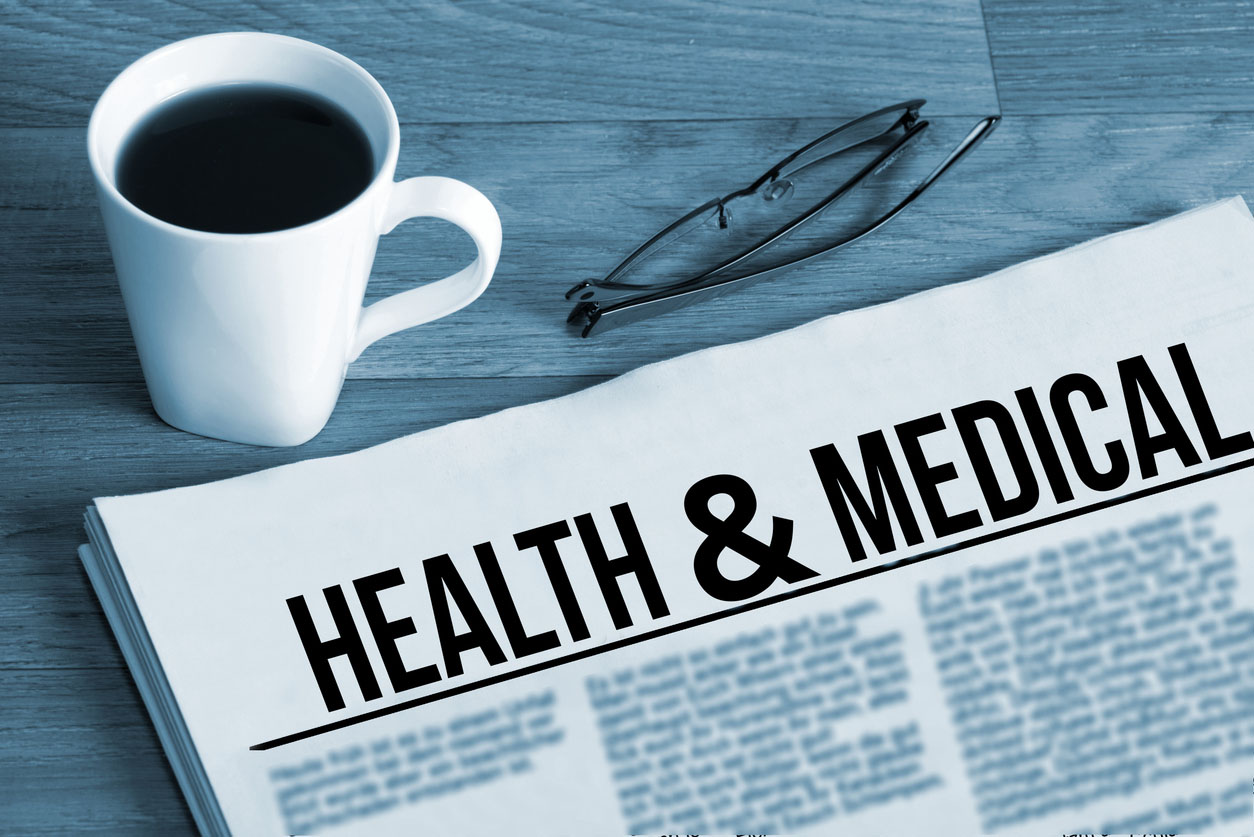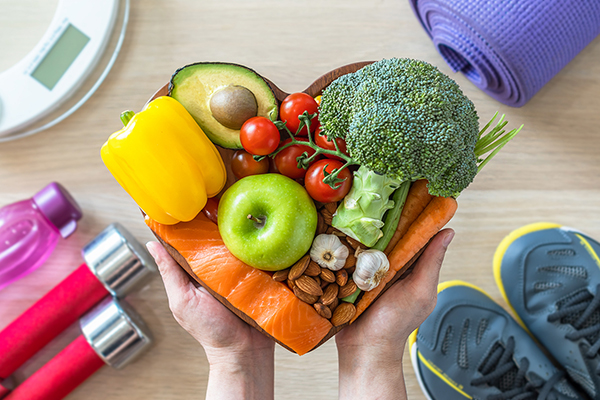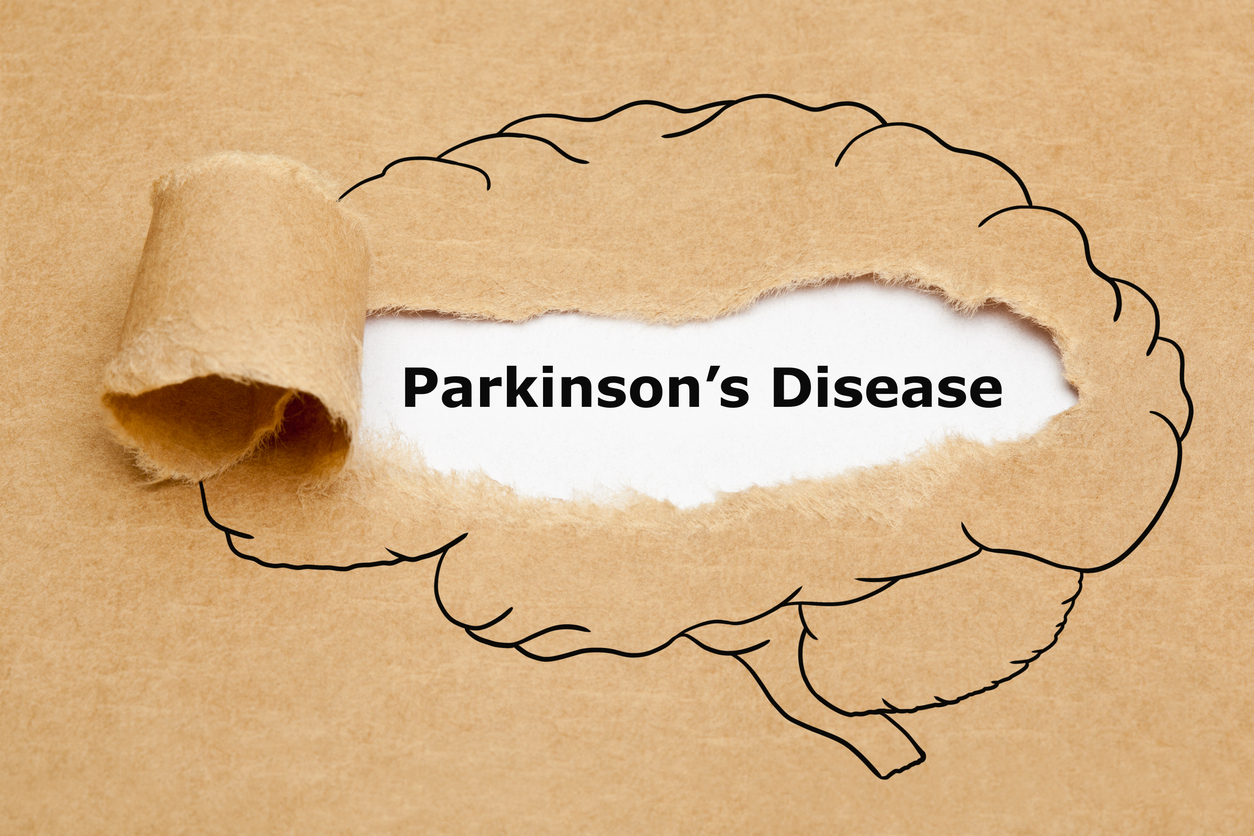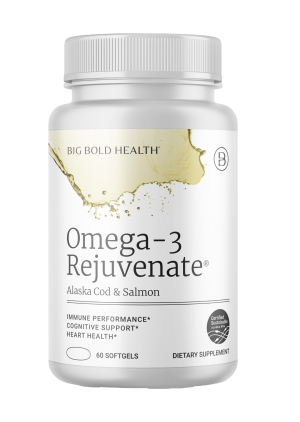February is National Heart Month. “Guidelines” tell us that low-density lipoprotein (LDL) cholesterol—so-called “bad cholesterol”—must be slashed to minimize cardiovascular risk.
Current National Cholesterol Education Project (NCEP) guidelines call for cholesterol-lowering goals based on estimated risk of cardiovascular disease:
- Low-risk: <160 mg/dl
- Moderate risk: <130 mg/dl
- High risk: <100 mg/dl
- Very high risk: <70 mg/dl
Since risk factors include being a middle-aged male or having a family history of heart disease (who doesn’t?) almost no one is considered low risk; “Very high risk” means you’ve had a heart attack or suffer from angina or have needed a stent or bypass. Most adult Americans who take blood pressure or diabetes meds or are overweight are deemed “moderate” to “high” risk.
The progressive lowering of these benchmarks since the NCEP’s inception in 1987 reflects a trend toward cholesterol limbo: “How low can you go?”
The market for cholesterol-lowering drugs in 2024 is projected to be $4.27 billion; robust growth will take it to $8 billion by 2028.
Some contend that, by early and aggressive deployment of statins and other novel cholesterol-reducing drugs, even in the healthy, we could virtually abolish cardiovascular disease.
A leading researcher contends:
“ . . . if we intensify treatment by reducing ‘bad’ cholesterol, the low-density lipoprotein (LDL), with medications, we may be able to eliminate plaque in the arteries during its early stages of development.”
Others suggest that diet is the solution. Ultra-low-fat vegan diet advocate Dr. Neal Barnard claims:
“If you change your diet, and do it very vigorously, you have enormous power. You can reverse heart disease. You can prevent it.”
The counter-proposition is that dietary carbs are driving the epidemic of cardiovascular disease in America. There’s no question that drastically curtailing sugars and starches helps many shed pounds, improve blood sugar, and reverse high blood pressure—all significant risks for heart disease.
But foes of low-carb diets, especially those including ample animal protein laden with saturated fat and cholesterol, say “What’s the good of all that: You’ll just end up a skinny corpse!”
By that is meant the disconcerting tendency of low-carb high-fat diets to raise LDL cholesterol. Over time, it’s asserted, this worsening of the lipid profile undermines the metabolic benefits of carbohydrate restriction.
I’m a case in point. In my twenties and thirties, I adhered to a very low-fat vegan Macrobiotic diet. My cholesterol was 135, my LDL 70. I flipped the switch in my 40s, ditching granola, whole grain bread, pancakes, brown rice, and oatmeal and opening the floodgates to butter, heavy cream, meat, poultry, fish, and eggs. My cholesterol soared—to 230 with LDL sometimes exceeding the standard “optimal” upper limit of 130.
At 65 I decided to verify my hypothesis that, with high levels of exercise, normal weight, blood pressure, and blood sugar, my “risky” lipid numbers would be inconsequential for my cardiovascular risk. I underwent a coronary artery calcium scan which revealed—a zero plaque score, a relatively rarity for U.S. men my age.
Indeed, that’s a fairly common finding when I seek to reassure my health-conscious patients—especially older women—who adhere to low-carb diets and maintain a good weight: They’re not especially high-risk despite high cholesterol.
Frequently, in the presence of cholesterol in the high two hundreds—or occasionally even in excess of 300-–the coronary scan reveals no plaque.
A recent study sheds light on the conundrum of why low-carb/high-fat diets that raise LDL may sometimes not be consequential for cardiovascular risk.
It points out that when people embark on low-carb diets replete with fat, LDL outcomes vary. Sometimes, as in my case, LDL goes up; sometimes, as with many of my overweight, metabolic syndrome patients, lipid profiles dramatically improve. What gives?
According to the American Journal of Clinical Nutrition meta-analysis, the differentiator is BMI—body mass index. For individuals with BMI 25 or less (mine is 23.67), LDLs increased with initiation of a low-carb diet; for BMIs 25-35, they mostly didn’t change; for BMIs 35 or greater (above the threshold for obesity), LDLs went down.
The implications are important. LDL increases in lean individuals are the least consequential because they’re more likely to be metabolically healthy; LDL decreases in obese persons are a boon precisely because they’re the very cohort most likely to benefit from cholesterol reduction. The authors conclude:
“A substantial increase in LDL is likely for individuals with low but not high BMI with consumption of a low carbohydrate diet, findings that may help guide individualized nutritional management of cardiovascular risk. As carbohydrate restriction tends to improve other lipid and non-lipid risk factors, the clinical significance of isolated LDL-C elevation in this context warrants investigation.” [my emphasis]
I see it all the time. Within weeks of initiation of a very low-carb diet—even Atkins-style with plentiful saturated fat from animal products—my overweight, pre-diabetic patients’ cholesterol, triglycerides, and LDL plummet, and their beneficial HDL cholesterol rises.
It’s because in insulin-resistant patients, carbohydrate consumption inhibits lipoprotein lipase (LPL), the enzyme responsible for breaking down fat. The result is fat accumulation—in the belly, buttocks, and viscera, but also in the liver, bloodstream, and blood vessels. Paradoxically, diets delivering most calories as fats rather than carbs rev LPL and stoke fat-burning.
Reflexively targeting LDL for cardiovascular risk reduction is paint-by-numbers medicine; we should be looking, not just at the quantity of LDL, but its quality. Low-carb diets, even if they raise total LDL, typically shift LDL particle size from small to large.
Small dense LDL particles are the most atherogenic; large fluffy particles are more benign. Shifts in predominantly small LDL to large LDL particle size are generally accompanied by reductions in Apolipoprotein B, acknowledged to be one of the most reliable predictors of cardiovascular risk.
But keep in mind that targeting one or even a couple of risk factors can’t give you the whole picture; We need to factor in hs-CRP, a marker of inflammation; homocysteine; lp(a); fibrinogen; insulin, uric acid, genetic markers, etc.
And even with these known risk factors, some ineffable characteristics, perhaps as yet undiscovered, contribute to susceptibility to atherosclerosis—or confer virtual immunity.
It seems some people with classical risk factors are the lucky possessors of “Teflon arteries”; others, ostensibly fine on paper, are on a fast track to the coronary care unit.
That’s why imaging studies like coronary artery calcium screening via EBT or even more discriminating CT angiography can give us precise pictures of plaque development at its inception—and inform our choice of strategies to reduce risk.
Not everyone with high LDL needs cholesterol-lowering drugs; nor can diet, exercise and supplements alone overcome risk for some with wonky lipid profiles. The art of medicine is to discern between them.
Fun fact: There may be a counter-intuitive fix for those metabolically healthy folks whose LDLs soar with low-carb diets—dubbed “Lean Mass Hyper-Responders’ (LMHR)” by researchers: Oreos.
In a case study entitled “Oreo Cookie Treatment Lowers LDL Cholesterol More Than High-Intensity Statin therapy in a Lean Mass Hyper-Responder on a Ketogenic Diet: A Curious Crossover Experiment”, some ingenious Harvard grad students demonstrated that when a healthy subject who developed an astronomical LDL on a very low-carb ketogenic diet was fed sugary Oreos for 16 days, his LDL plummeted—by triple digits, exceeding the best-case reductions by even the highest-dose statins!
There’s a biochemical reason: In LMHR individuals, carb restriction causes their livers go into overdrive, producing lipoproteins as fuel transporters in lieu of glucose. When sugar is reintroduced, that adaptation is shut down.
Caution, results may vary: If you’re like the average American, with a susceptibility to metabolic syndrome, the opposite will happen when you scarf Oreos—they’ll spike your LDL!
Full disclosure: The sole occasion when I eat Oreos is for refueling between scuba dives. They provide lots of energy and they’re less bloating than those high-fiber bars. And they sure taste great as I relax on the boat after a successful dive.
